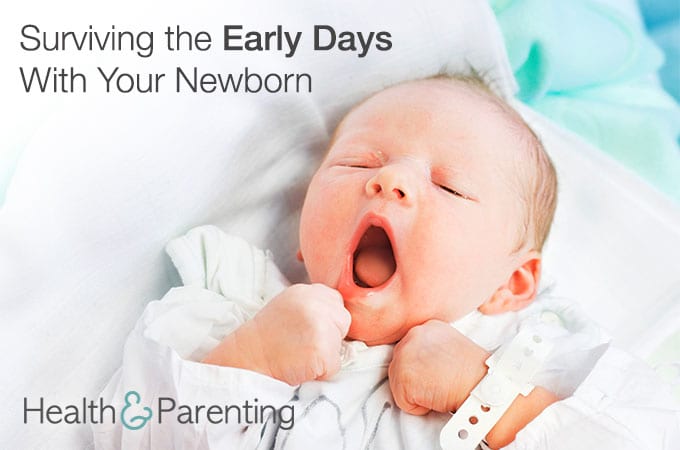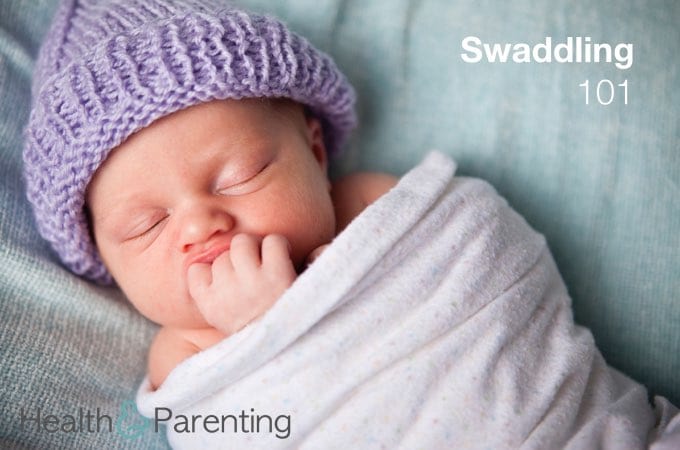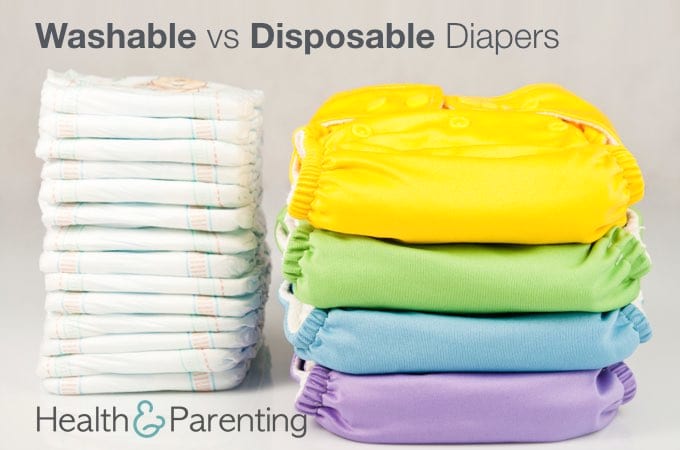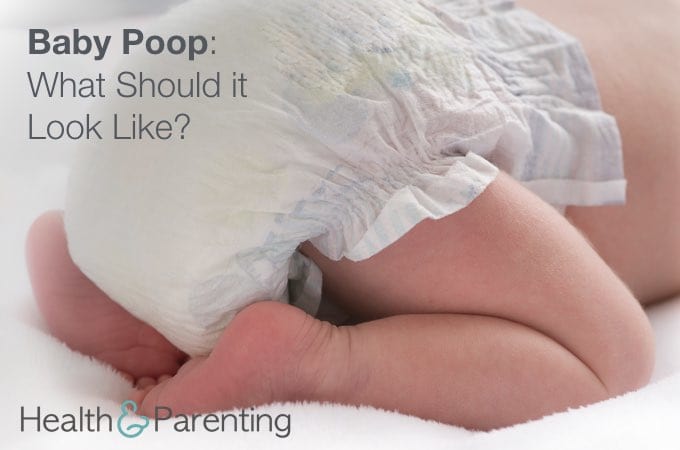You wait 9 long months. You write a birth plan and attend childbirth classes. You practice relaxation exercises and get your birth partner on board. Then birth happens. Maybe you have a long labor – or even a very short one. Maybe it was more difficult than you imagined, or you felt violated in some way by the healthcare system or providers. Maybe you needed an unplanned cesarean surgery. Maybe baby or you were in need of advanced medical care afterwards.
Whatever the situation, you look down at the baby in your arms and wonder why you feel so bad about your birth experience.
Birth is an amazing, transformative experience. Birth changes you from a woman to a mother. And it profoundly affects how you feel about your own mind and body – was it an empowering experience or was it disabling? Did it leave you feeling like you can conquer the world, or like you want to crawl into a cave to hide? How we perceive our births changes how we feel about ourselves and our babies.
Postpartum hormones may be partially to blame for your weepiness or feelings of sadness or inadequacy in the days after birth. But your lived experience is also in play. Renowned pediatrician, William Sears, writes, “It’s okay to be happy about your healthy baby but sad about your birth. Unresolved birth memories have a way of gnawing at your insides, affecting your sense of who you are.” Dealing with those feelings is an important step in moving forward as a mom.
Emotions are subjective – there’s no right or wrong way to feel about your birth. There’s only the reality of how it feels for you. Once you accept that, you can work to heal. If you’re having trouble getting past your birth experience, try one or more of the following:
Forgive yourself: Labor and birth are unpredictable. While you can plan for what you might do in certain situation, you cannot control every aspect. Don’t blame yourself for things that did not go as planned. Let go of all the “If only I had …” thoughts.
Get the details: Ask your partner, doula or healthcare provider to tell you about your birth with just the facts. Or obtain your medical records. Don’t judge any of the details, just record them as you’re told. Consider what you remember and write that down. Once you have a detailed chronology of how your birth unfolded, you can better explore where your feelings of anger, resentment or inadequacy come from.
Grieve the loss: You may wonder why you would grieve if you’ve got a beautiful baby at home. But the feelings of loss may be the same – you are grieving the loss of the woman you imagined yourself to be. And while that self-image doesn’t define who you are, it can impact how you interact with others, including your baby. Stages of grief include denial, anger, bargaining, depression and acceptance. You may go through only some of these stages, or you may experience them all. They are not likely to come in any certain order. Every woman’s grieving experience is different – there are no set rules.
Talk it out: Whether you attend a local support group or find an online forum, you will learn that many women have a less-than-desired birth. Just talking about your birth with others who can empathize helps you to work through your feelings about the experience. Or you might feel more comfortable talking to people you feel closest to: your partner, your own mother, or a close friend. If you cannot get past your feelings of loss or grief, professional counseling may be useful.
Change your story: Start by putting your story down on paper. Write it all out – the good, the bad and the ugly. Don’t censor yourself. Think about how you feel in the retelling, but don’t let that change what you’re writing. Notice what parts make you feel judgmental of yourself, and which parts make you happy, relieved or grateful. Then set it aside for a few days. Now go back and reread. What parts still bother you, and what parts have you forgiven? Think about how you might choose different words to describe your experience, and whether that changes how you feel about the event. Or take the parts about which you still feel negative and brainstorm what you have learned from them.
Tincture of time: As time passes, and as your mothering experience grows and expands with your baby, the details of your birth will lose their rough edges. You may still look back on them with regret, but the sensations won’t necessarily be so visceral. Keep in mind post-traumatic stress disorder may be a consequence of a bad birth experience. Dealing with your feelings – whether on your own or with professional help – is important so that the memories triggered with a future pregnancy or birth don’t lead to complications.
If healing is taking longer than expected or if you think you have symptoms of postpartum depression, consider professional support. (For more information about postpartum mood disorders, visit Postpartum Support International).
Written by Michelle, Lamaze instructor, lactation consultant, and mother to 4 busy kids
This information is not intended to replace the advice of a trained medical doctor. Health & Parenting Ltd disclaims any liability for the decisions you make based on this information, which is provided to you on a general information basis only and not as a substitute for personalized medical advice. All contents copyright © Health & Parenting Ltd 2016. All rights reserved.
















